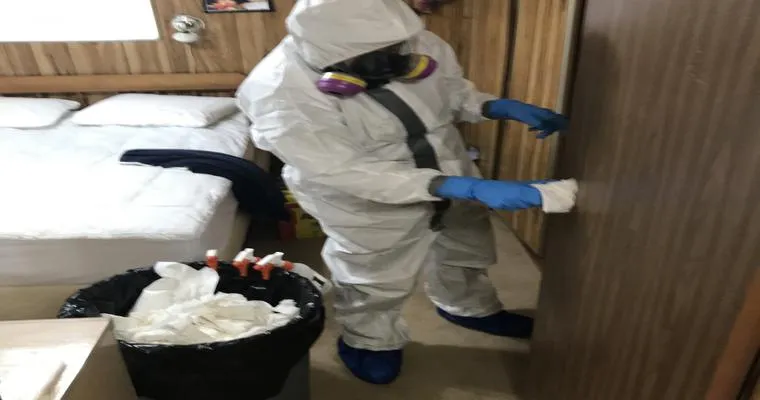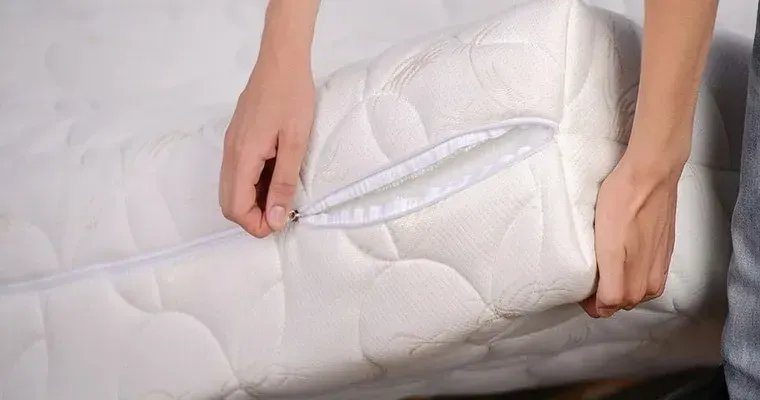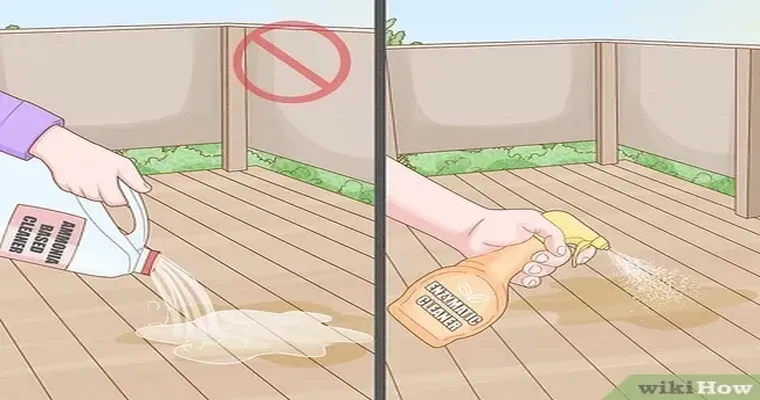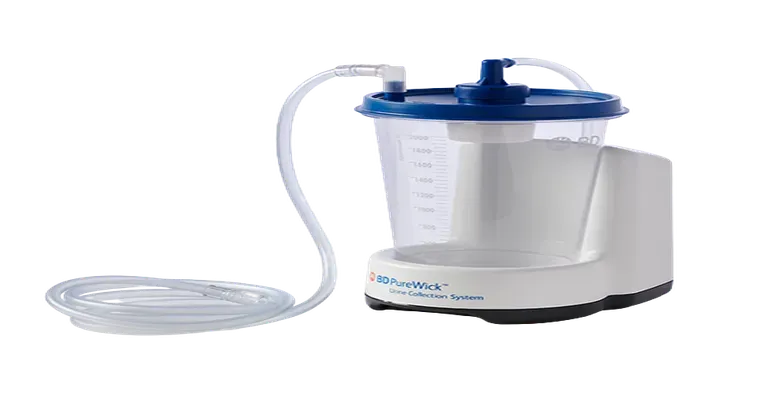When someone has had "C diff", also known as "Clostridioides difficile", it is essential to focus on thorough cleaning to prevent the spread of infection and protect other household members. C diff is a type of bacteria that can cause severe gastrointestinal issues and can easily be transmitted through contaminated surfaces. To ensure a safe and healthy environment, specific areas and items in the home must be prioritized for cleaning.
Understanding C Diff Transmission
C diff spores can survive on surfaces for long periods, making them easy to spread if not properly cleaned. The spores can be found in the feces of infected individuals and can contaminate various surfaces, especially in bathrooms and kitchens. It is crucial to understand how these spores are transmitted to effectively reduce the risk of re-infection and protect others in the household.
Critical Areas to Clean
1. "Bathrooms": The bathroom is one of the highest-risk areas for C diff transmission. Focus on cleaning all surfaces, including countertops, sinks, faucets, and toilet handles. Pay special attention to the toilet bowl and surrounding areas. Use disinfectants that are effective against C diff spores, as regular cleaners may not eliminate them.
2. "Kitchen Surfaces": Since C diff can spread through contaminated food or surfaces, it is vital to clean kitchen counters, cutting boards, and any other surfaces where food is prepared. Ensure that all utensils, pots, and pans are thoroughly washed and sanitized.
3. "High-Touch Areas": Frequently touched surfaces such as doorknobs, light switches, remote controls, and handrails should be cleaned regularly. Using a disinfectant wipe or spray can help eliminate any lingering spores.
4. "Laundry": Clothing, towels, and bedding used by the infected individual should be washed in hot water and dried on high heat to kill C diff spores. It is advisable to use a separate laundry basket for contaminated items to prevent cross-contamination.
5. "Electronics": Items like smartphones, tablets, and computers can harbor C diff spores. Use disinfectant wipes suitable for electronics to clean these surfaces without damaging them.
6. "Carpets and Upholstery": While it is more challenging to clean carpets and upholstery, it is still necessary to vacuum them thoroughly. Consider using a steam cleaner or hiring a professional cleaning service that specializes in disinfecting carpets.
Recommended Cleaning Products
When dealing with C diff, it is essential to use cleaning products that are specifically designed to kill spores. Look for disinfectants that are registered with the Environmental Protection Agency (EPA) and explicitly state their effectiveness against C difficile. Always follow the manufacturer’s instructions regarding contact time for the disinfectant to ensure maximum effectiveness.
Conclusion
Cleaning your home after someone has had C diff is critical for preventing further spread of the infection. By focusing on high-risk areas such as bathrooms, kitchens, and high-touch surfaces, you can create a safer environment for everyone in your home. Remember to use appropriate disinfectants and follow thorough cleaning protocols to effectively eliminate C diff spores. Taking these steps is essential for protecting your health and the health of your loved ones.





